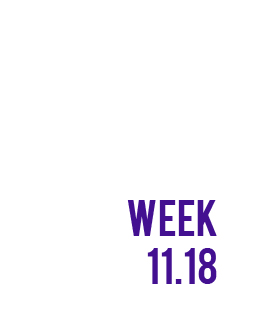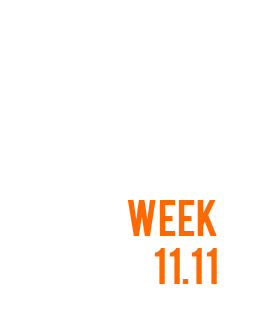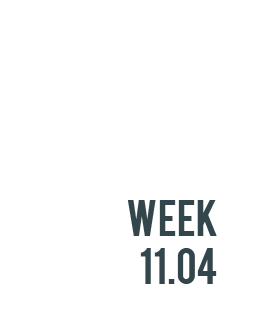
Here’s what the sports science team at IMeasureU is reading this week:
The first article from this edition of the articles of the week comes from Cloe Cummins from the University of New England in the Journal of Science and Medicine in Sport. The authors aimed to identify the association between external-workloads and injury-risk in the subsequent week and also understand the effectiveness of workload variables in establishing injury-risk.
The next article comes from the International Journal of Sports Medicine where author Tim Newans aimed to characterize the acceleration and deceleration profiles of elite soccer players by quantifying the time spent in each acceleration and deceleration zone and develop a new methodological approach to minimize the variation within metrics of deceleration.
This article in the Journal of Biomechanics comes from Claire Kenneally-Dabrowski and colleagues. The aim of this study was to perform a prospective exploratory analysis of the relationship between overground high-speed running mechanics and hamstring injury. Running mechanics, including lower limb joint angles, angular velocities, moments and powers as well as segment angles of the pelvis and trunk were examined in the context of hamstring injury.
Our fourth article comes from Luke Hart and colleagues, looking at comparing bilateral CMJ performance and vertical ground reaction force asymmetries in a group of previously injured and non‐injured professional soccer players. The conclusions suggest that if pre‐determined thresholds are to be used to identify “abnormal” levels of asymmetry, they should be sport, test, variable, and phase‐specific.
The last article in this weeks articles of the week comes from Irineu Loturco and colleagues who examined the correlations between multiple asymmetry scores (assessed via unilateral vertical jump tests) and speed- and power-related measures in professional female soccer players. The authors’ results indicate that higher levels of asymmetry scores derived from unilateral vertical jump tests are not capable of impairing the speed and power performances of professional female soccer players.
For more sports science check out our blog for in-depth case studies and industry updates. Also, be sure to sign up for our newsletter below so you are always up to date with the latest research.




